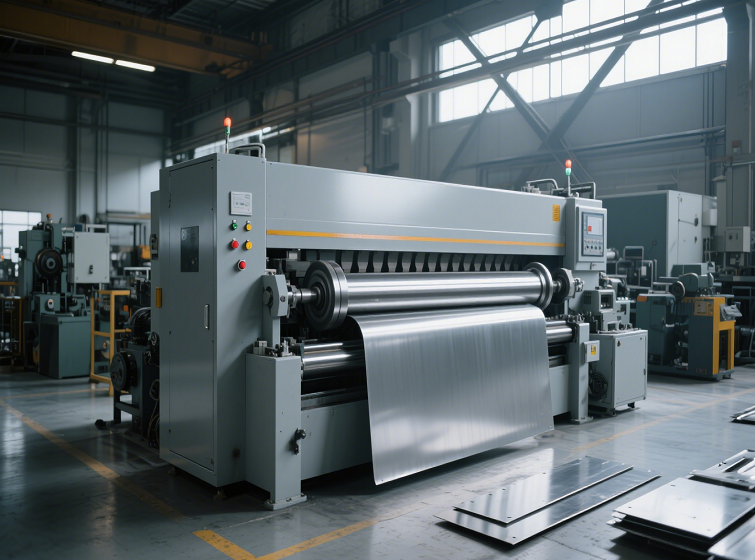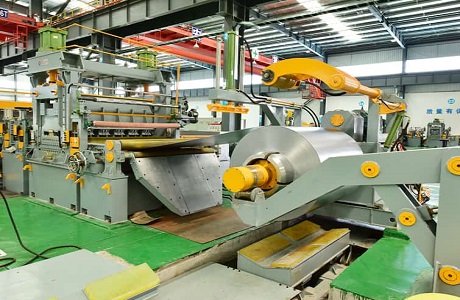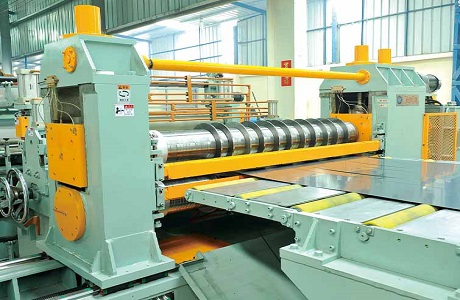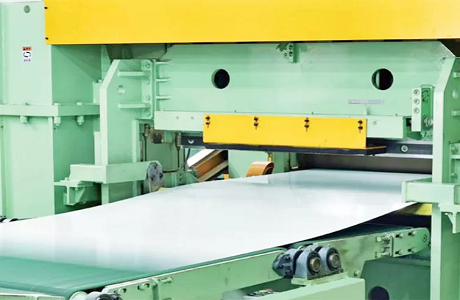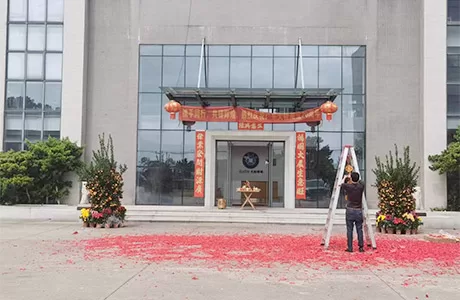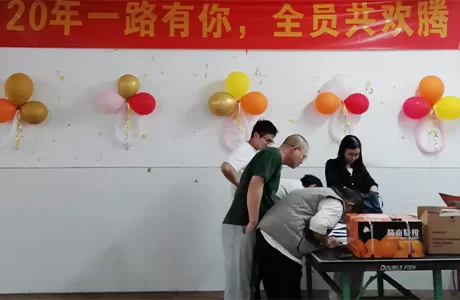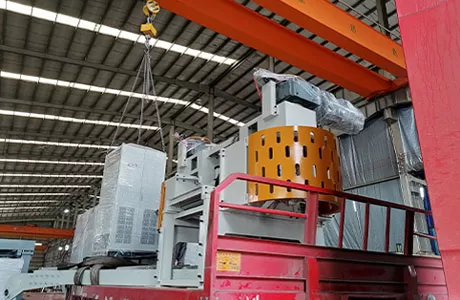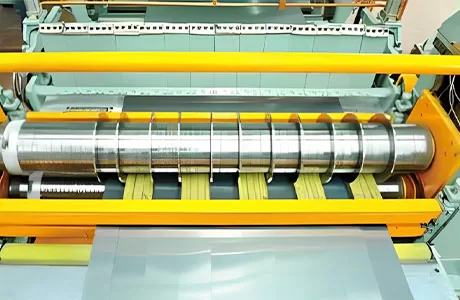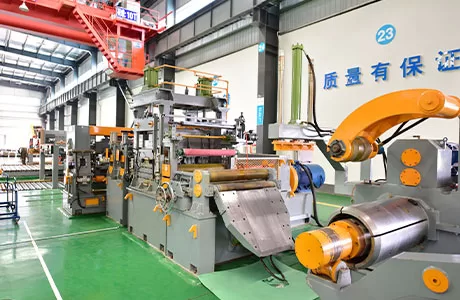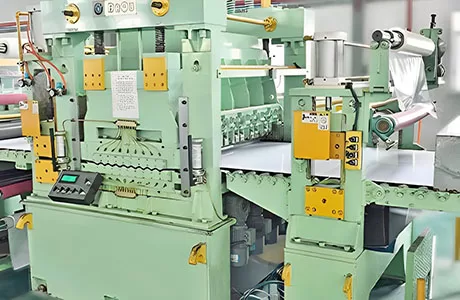How Steel Cut-to-Length Machines Improve Precision in Metal Fabrication ?
In the competitive landscape of metal fabrication, precision is not just a goal—it’s a necessity. From aerospace components to structural steel frameworks, even minor deviations in dimensions can lead to costly rework, safety risks, or project delays. This is where steel cut-to-length machines emerge as game-changers. By automating and refining the cutting process, these advanced systems are transforming how manufacturers achieve accuracy, efficiency, and consistency. In this blog, we’ll explore how cut-to-length machines elevate precision in metal fabrication, their technological advantages, and their impact across industries.
The Precision Challenge in Metal Fabrication
Traditional metal cutting methods, such as manual sawing, plasma cutting, or shear-based systems, often struggle with consistency. Human error, tool wear, and fluctuating material properties can introduce variances in cut lengths, edge quality, and angular accuracy. For industries like automotive, construction, and energy, where tolerances are measured in fractions of a millimeter, these inconsistencies are unacceptable.
Cut-to-length machines address these challenges head-on by integrating computerized controls, laser measurement systems, and servo-driven mechanics. The result? Repeatable precision at scale, even for high-volume production runs.
Key Features Driving Precision
Modern cut-to-length machines combine hardware and software innovations to optimize accuracy. Below are the core components that make this possible:
1. CNC (Computer Numerical Control) Integration
CNC technology allows operators to program exact specifications—length, angle, quantity—into the machine’s software. Once configured, the system executes cuts with minimal human intervention, eliminating guesswork and manual measurement errors. Advanced CNC systems also adapt to variables like material thickness or hardness, adjusting cutting parameters in real time.
2. Laser Measurement and Positioning
High-precision laser sensors scan the steel stock before cutting, detecting imperfections or deviations in the material. This data is fed back to the control system, which recalibrates blade positioning dynamically. For instance, if a steel coil has slight warping, the machine compensates to ensure each cut aligns perfectly with the programmed dimensions.
3. Servo-Driven Feed Systems
Unlike traditional hydraulic or pneumatic feeds, servo-driven systems use electric motors to control material movement with microscopic precision. This eliminates “overfeed” or “underfeed” errors, ensuring every piece is cut to the exact programmed length.
4. Adaptive Cutting Tools
From rotary shear blades to high-speed circular saws, modern cut-to-length machines employ tools designed for specific materials and thicknesses. Diamond-tipped blades, for example, maintain sharpness longer when cutting hardened steel, reducing deviations caused by tool wear.
Reducing Waste and Improving Consistency
Precision isn’t just about hitting target dimensions—it’s also about minimizing material waste. Manual cutting often results in overcutting “just to be safe,” leading to scrap rates as high as 15–20%. Cut-to-length machines optimize material usage by calculating the most efficient cutting patterns and nesting sequences.
For example, in structural steel fabrication, a machine can process an entire beam with multiple cut points in a single pass, ensuring minimal gaps between sections. This level of optimization is impossible with manual methods, where operators might prioritize speed over material savings.
Applications Across Industries
The precision of cut-to-length machines has made them indispensable in sectors where accuracy is non-negotiable:
- Automotive Manufacturing: From chassis components to exhaust systems, tight tolerances ensure parts fit seamlessly during assembly.
- Construction: Structural steel beams, rebar, and cladding require exact lengths to avoid misalignment in frameworks.
- Energy Sector: Wind turbine towers and pipeline components rely on precision-cut sections to withstand extreme stresses.
- Consumer Goods: Appliances, furniture, and electronics demand flawlessly cut metal parts for aesthetic and functional integrity.
Case Study: Precision in Automotive Sheet Metal
A leading automotive supplier faced recurring issues with manual plasma cutting of sheet metal for door panels. Tolerances of ±2 mm led to fitting problems during assembly, resulting in a 12% scrap rate. After adopting a CNC cut-to-length machine with laser-guided positioning, the company achieved tolerances of ±0.1 mm. Scrap rates dropped to 2%, and production throughput increased by 30% due to reduced rework.
Conclusion
Steel cut-to-length machines represent a paradigm shift in metal fabrication, turning precision from an aspiration into a guarantee. By leveraging CNC controls, laser measurement, and adaptive tooling, these systems deliver unmatched consistency while reducing waste and operational costs. As industries continue to demand tighter tolerances and faster turnaround times, investing in cut-to-length technology isn’t just wise—it’s essential for staying competitive.
For fabricators aiming to future-proof their operations, adopting these machines is a strategic step toward mastering the art of precision.
